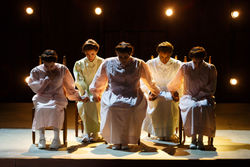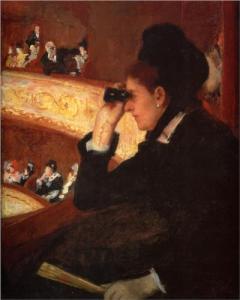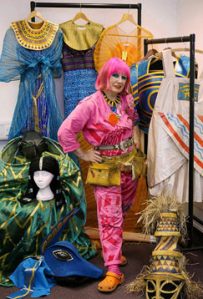Nico Muhly, Dark Sisters and the Case for New Opera
At times we treat certain art forms as a closed set. Complete. We want our reliable standards and nothing more, nothing new. Opera has this challenge. Treating the creative period of opera as if it were behind us, we put it into a museum for preservation. Yet why do we resist the new in opera, while embracing new works in other arts like film, visual arts, and music? Composer Nico Muhly gives us reason to support the creation of new work. Yes, we have to preserve the masterpieces of the past and keep presenting them on stage. Yet we should also cultivate a creative environment that encourages artists to create within these great forms.
Read on for an argument on Nico Muhly as a case study for why we need our organizations and our audiences to be a part of the creative process, in “Nico Muhly, Dark Sisters and the Case for New Opera” (click here to read full article).















